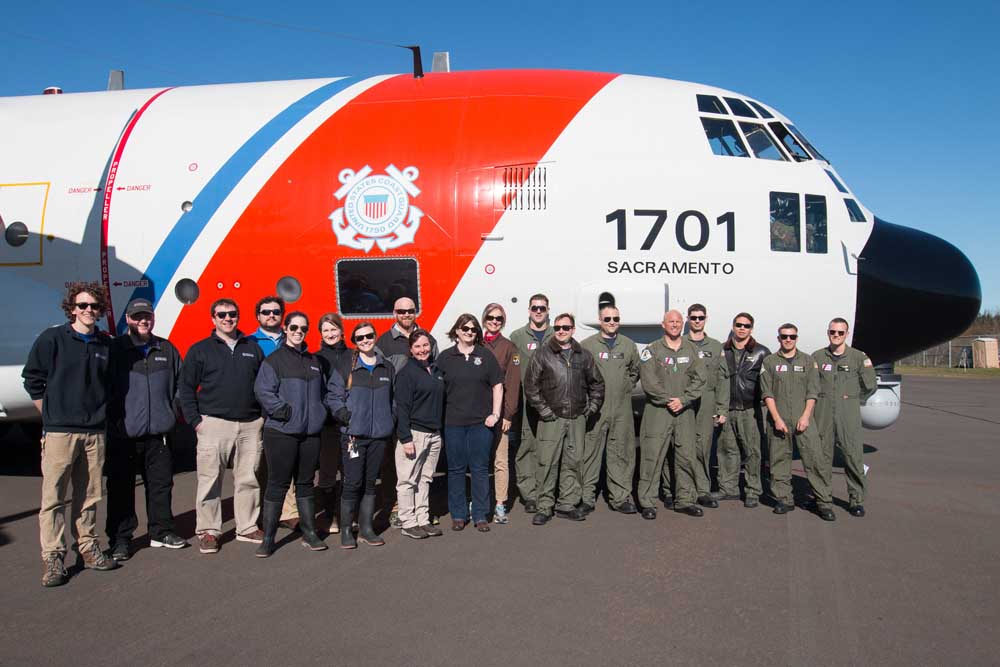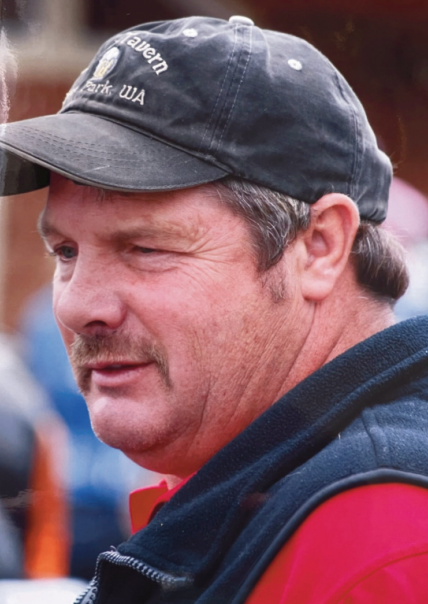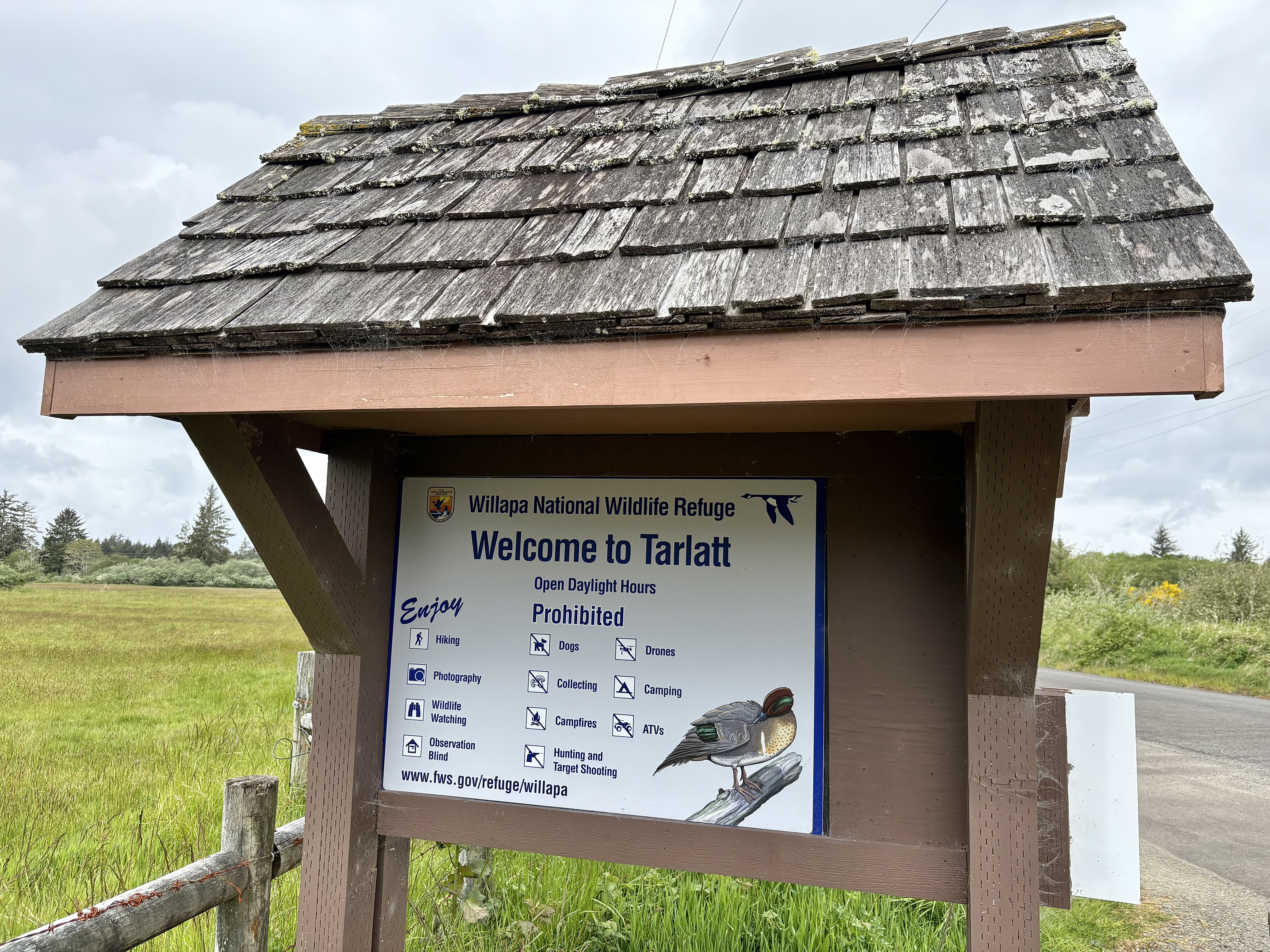’Tis the season for sea turtle stranding
Published 8:37 am Tuesday, December 20, 2016

- A U.S. Coast Guard aircrew, pictured here with a team from the U.S. Fish and Wildlife Service, airlifted a sea turtle rescued on the Long Beach Peninsula to SeaWorld in California last year. Sea turtles come north in eddies of warm water and then are stranded at our latitude in conditions too cold for them.
NEWPORT — If you’re out walking the beach this winter, keep an eye open for stranded sea turtles. Winter storms along the Pacific can push sea turtles northward into colder waters, where they quickly grow weak and end up stranded on Northwest beaches.
Trending
Pacific green sea turtles (Chelonia mydas) and olive ridley sea turtles (Lepidochelys olivacea) are the two most commonly encountered species that strand on Washington and Oregon beaches, and both are classified as endangered. Green and olive ridley turtles have extensive global ranges and breed in warm waters, including along the Pacific coast of Mexico. Most of the sea turtles recorded in Oregon likely originate from this coastal Mexico population.
“Sea turtles do not reach Oregon [and Washington] beaches unless injured or sick, and once stranded, they require immediate specialized care to survive,” said Jim Burke, director of animal husbandry at the Oregon Coast Aquarium. “Last winter, four hypothermic turtles were recovered from Pacific Northwest beaches — a record for the region.”
A very mature 63-pound male olive ridley sea turtle, stranded just south of the city of Long Beach on Dec. 20, 2015, later died at the Oregon Coast Aquarium’s animal rehabilitation facility. Another olive ridley found on the Long Beach Peninsula found Dec. 21, 2014 was treated in Newport and then airlifted on a Coast Guard C-130 to complete her rehabilitation at SeaWorld in San Diego.
Trending
If ocean conditions and weather patterns continue as they have over the last couple of years, more turtles are expected to arrive.
The Oregon Coast Aquarium and Seattle Aquarium are the only rehabilitation facilities in the northwest United States authorized by the U.S. Fish & Wildlife Service (service) to provide the specialized care sea turtles require. These care facilities were at their maximum capacity with four turtles last year, so the Service is examining ways to increase rehabilitation capabilities should more turtles arrive.
“The recovery of stranded turtles is always a group effort,” said Laura Todd, Newport Field Office supervisor for the service. “Reports from the public, emergency transport from the beach, intensive care at the treatment facilities, return to warmer waters, and eventual release are all crucial steps in the process. This work couldn’t be done without highly capable partners like the Oregon Coast Aquarium, the U.S. Coast Guard, and SeaWorld.”
Such teamwork is the cornerstone of recovering any threatened or endangered species. Cooperation between the public, federal and state agencies and partner organizations are the hallmark of a successful conservation program and key to halting the decline of our sea turtle populations.
“Rehabilitation returns reproductively viable individuals to the wild breeding population that otherwise would not have survived, which contributes to species recovery. Rehabilitation efforts also help us prepare for catastrophic events such as oil spills or disease by establishing clinical familiarity with listed species,” said Todd.
The service urges anyone who finds a sea turtle on the beach to immediately note its location, remain nearby to observe it if possible and contact the Marine Mammal Stranding Network (MMSN) in Washington, Oregon and California at 1-866-767-6114. The MMSN and its partner organizations, including Seaside Aquarium, have proved invaluable in reaching stranded turtles quickly and transporting them to authorized care facilities.
The Aquarium is open every day this winter (except Dec. 25) from 10 a.m. to 5 p.m. For more information visit aquarium.org or call 541-867-3474.









